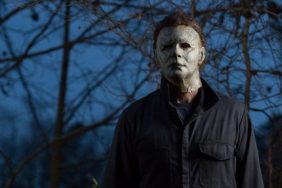Comingsoon.net has compiled a collection of the most unique sequels to date. Check out our picks in the gallery below!
When a movie performs well at the box office (or earns a big enough following in the home release market), the next step is usually to get to work on a sequel. However, there are plenty of instances where a clear-cut sequel is not the obvious move—when leading characters die, when plot lines end, or when roles have to be recast, the filmmakers involved are forced to get creative with how they want to approach the second installment.
Throughout film history, moviegoers have been faced with quite a few sequels that prove to be way different than their predecessors. Naturally, this makes it hard to compare the first films to their sequels, but it also allows for those sequels to be viewed in a completely new light—almost as if they’re completely original, standalone films instead of sequels.
Different sequels
-
10 Cloverfield Lane (2016)
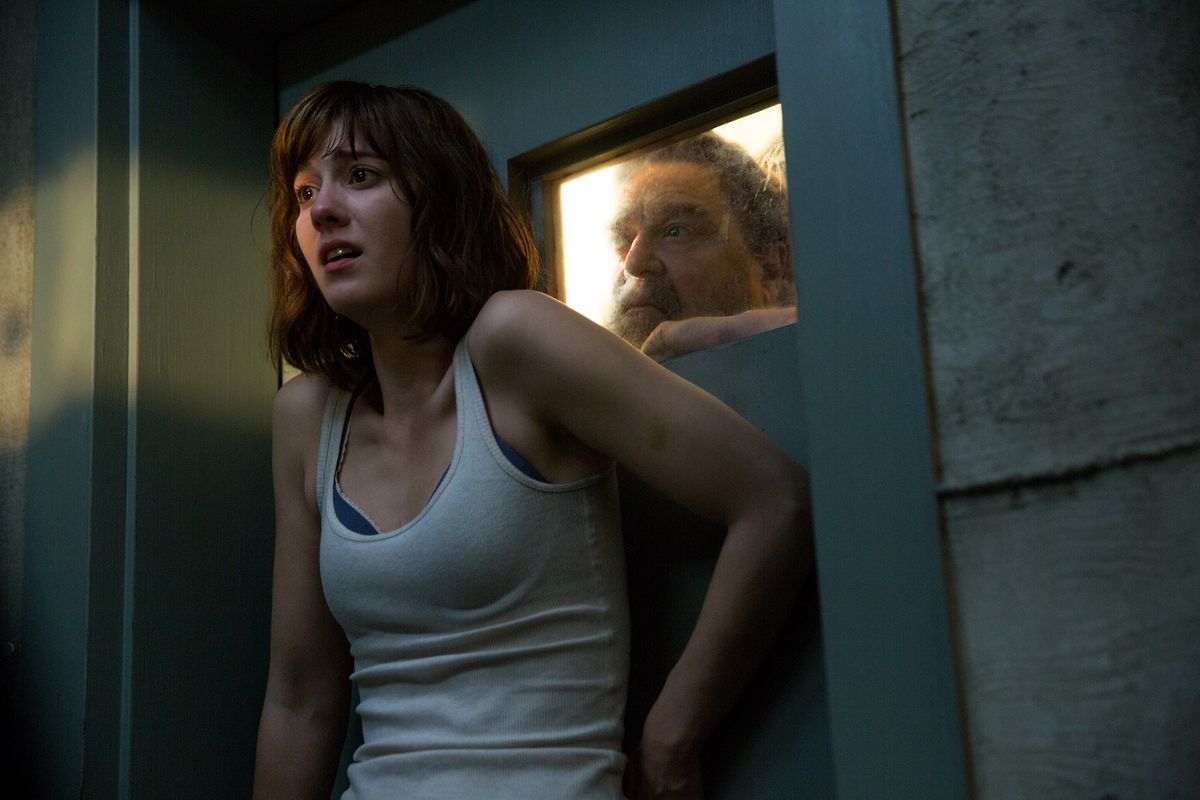
A surprise second installment in the ever-expanding Cloverfield universe, 2016’s 10 Cloverfield Lane swaps its predecessor’s shaky-cam style for static shots and vast New York cityscape for an underground bunker. It’s the antithesis to 2007’s Cloverfield, but that’s what works so well about it.
-
Bad Lieutenant: Port of Call New Orleans (2009)
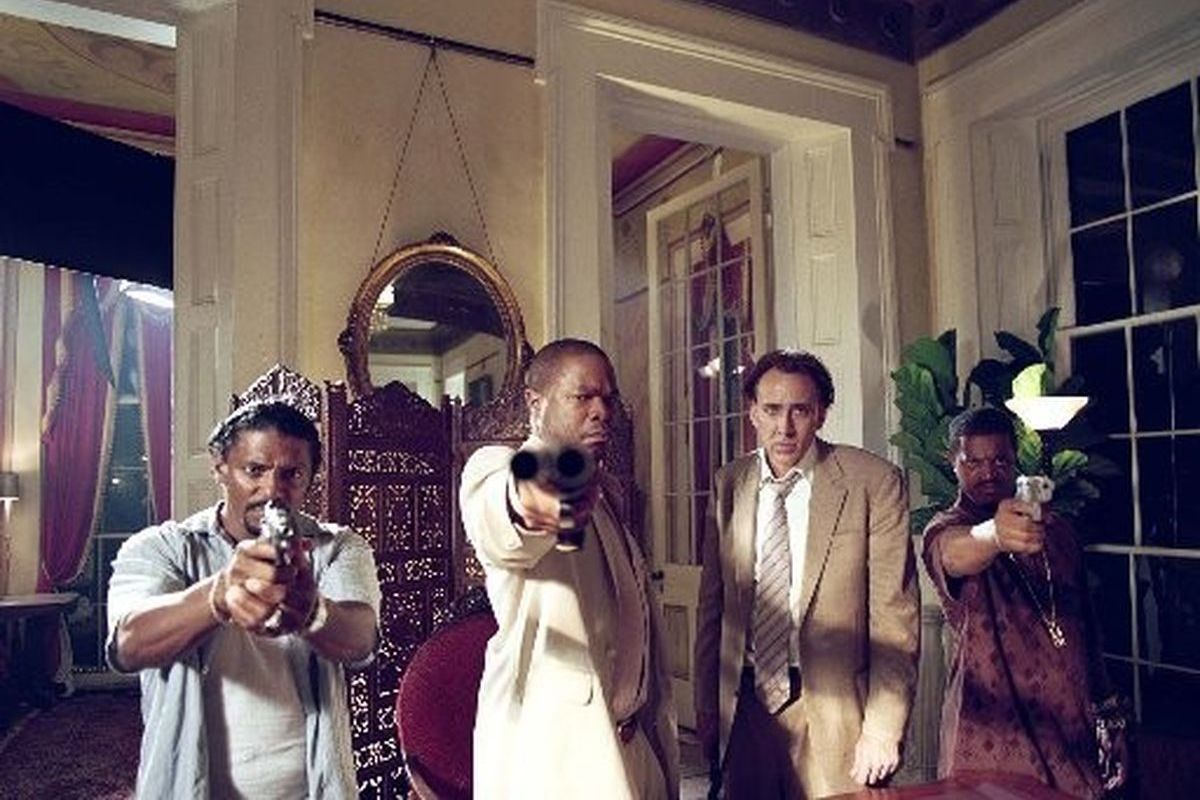
Prolific filmmaker Werner Herzog’s follow-up to Abel Ferrara’s 1992 film Bad Lieutenant swaps the first film’s lead actor Harvey Keitel for a very 2009 casting: Nicolas Cage. Despite the incessant railing against the Oscar-nominated actor, Cage knocks it out of the park as the same bad cop that Keitel played so well.
-
Evil Dead II (1987)
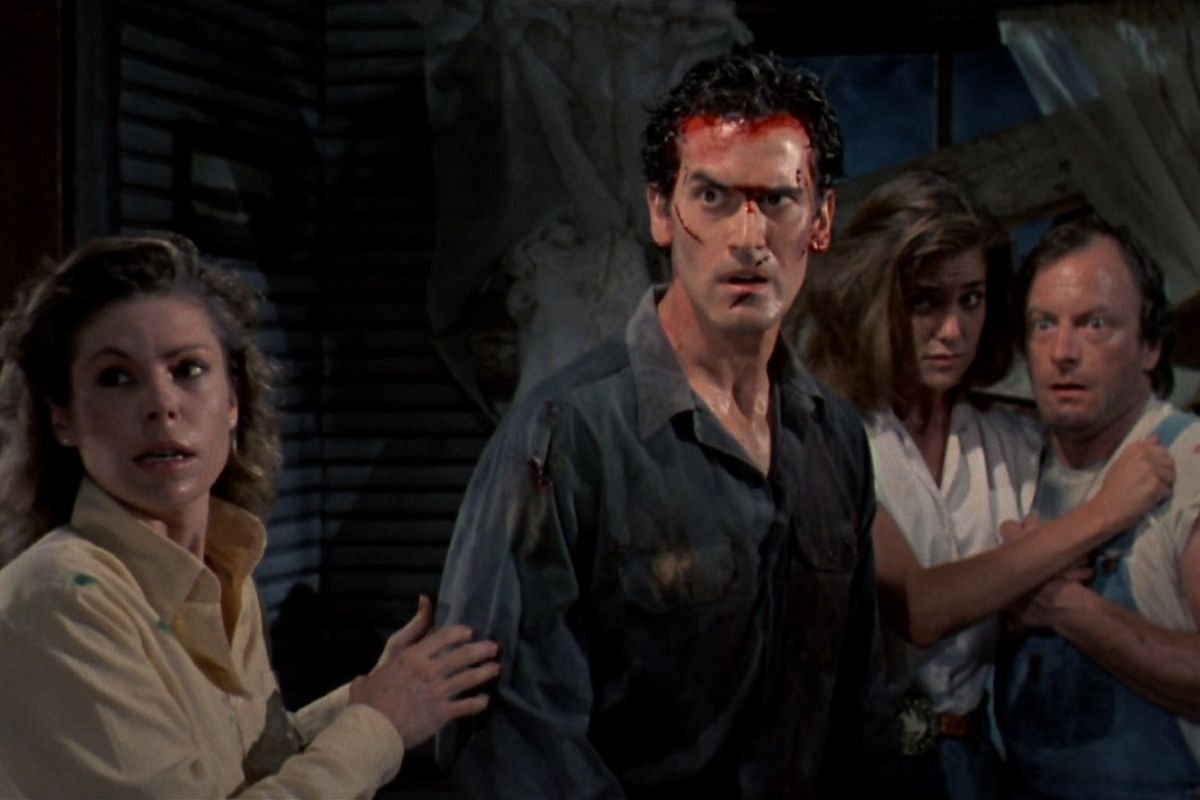
Instead of continuing The Evil Dead’s horror-thriller tones, 1987’s Evil Dead II embraces the dark comedy that was always between the lines of the first film to great success. The first was campy in an endearing way, but the second embraces that camp and amplifies it tenfold. Surely some fans were sad to see that serious tone go, but—judging by the fact that the series held onto that dark comedy for the remainder of its run—most seemed to be pretty happy with the massive shift.
-
Halloween III: Season of the Witch (1982)
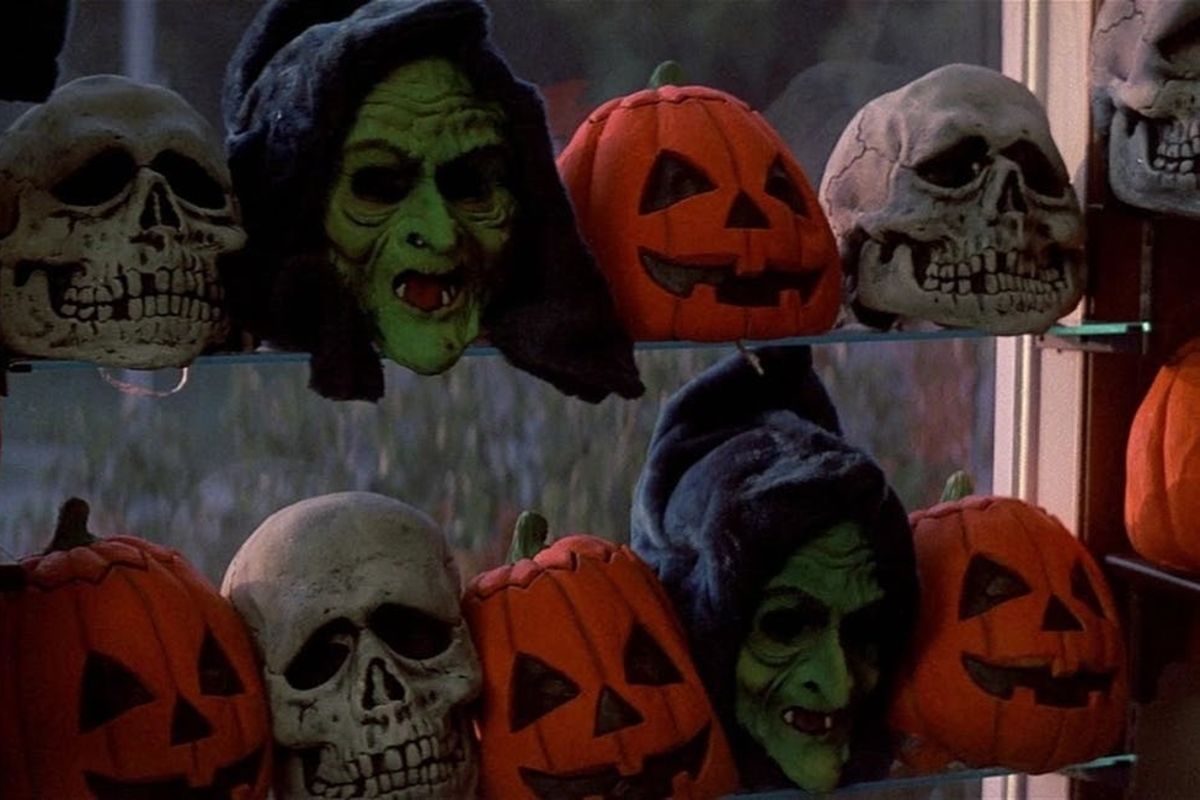
Michael Myers has managed to remain prevalent for over 40 years thanks to the success of 1978’s Halloween. That’s why it’s so weird that Halloween III: Season of the Witch features no screen time for the white-masked killer. It’s as if they made the movie first, then tacked “Halloween” to the title in post-production. Regardless, it’s a huge departure and an impressive take for a sequel.
-
Legally Blondes (2009)
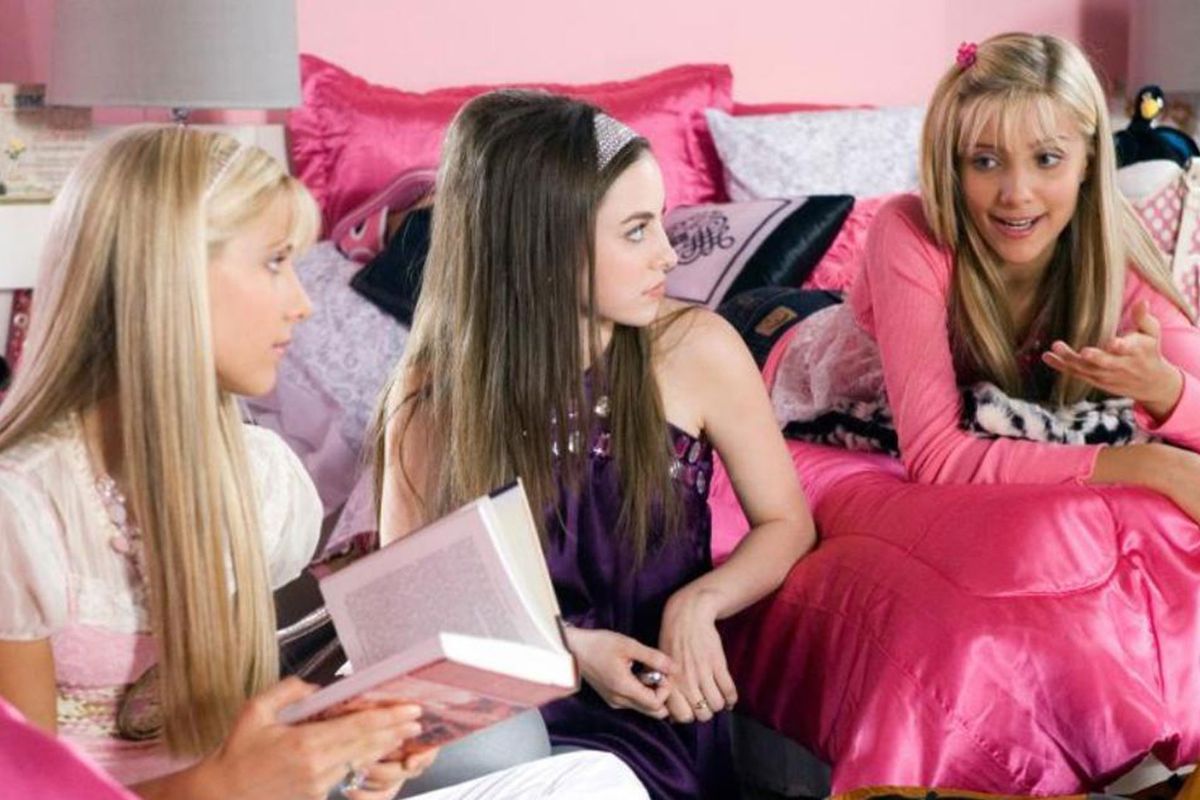
Would anyone be interested in a third installment of the Legally Blonde series that has nothing to do with the first two films and gives Reese Witherspoon no screen time? Seeing as how badly 2009’s Legally Blondes flopped, the answer is clearly not many. The film tries to tie itself to the first two films by saying it follows Elle Woods’s two youngest cousins, but this wasn’t enough for audiences.
-
Logan (2017)
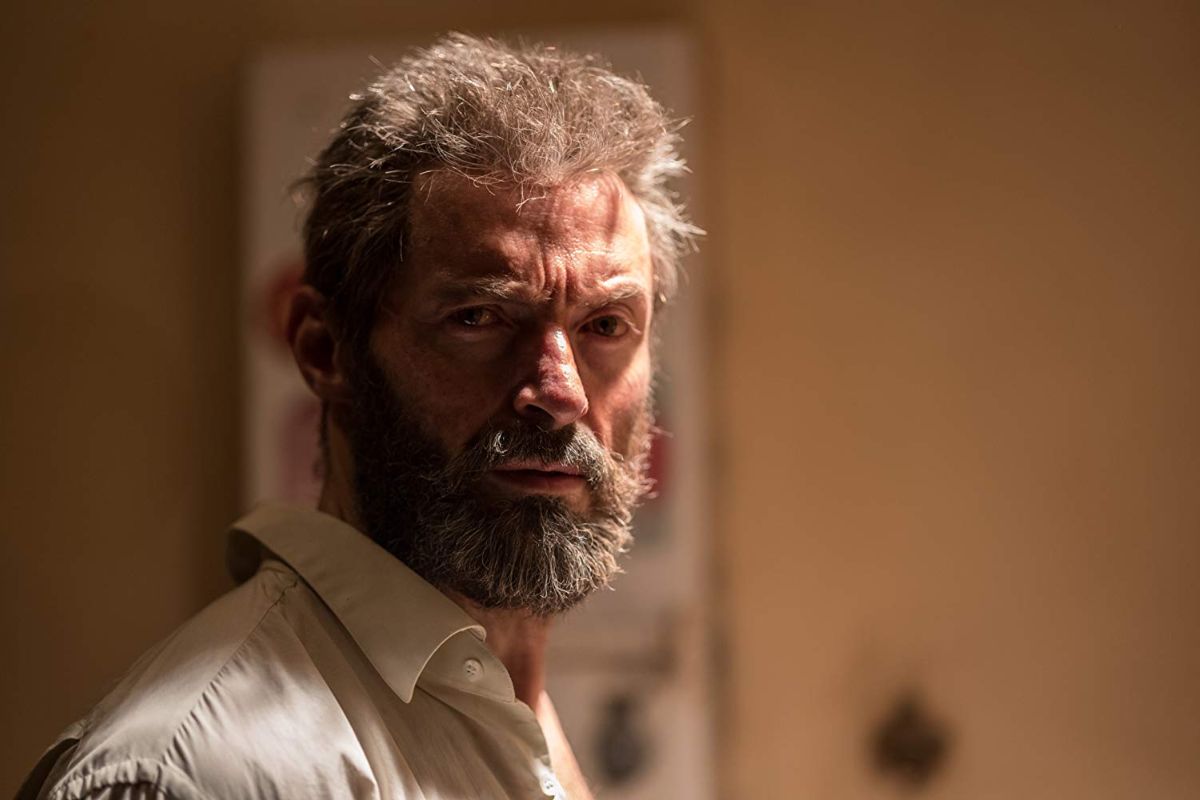
The final installment of Hugh Jackman’s saga as the superhero Wolverine, 2017’s Logan blew audiences away by tackling the often played-out superhero genre and bringing a neo-noir element to the table. It still suffers from some of the problems superhero movies are plagued by, but it’s ultimately a uniquely standalone superhero sequel for the ages.
-
Marley & Me: The Puppy Years (2011)
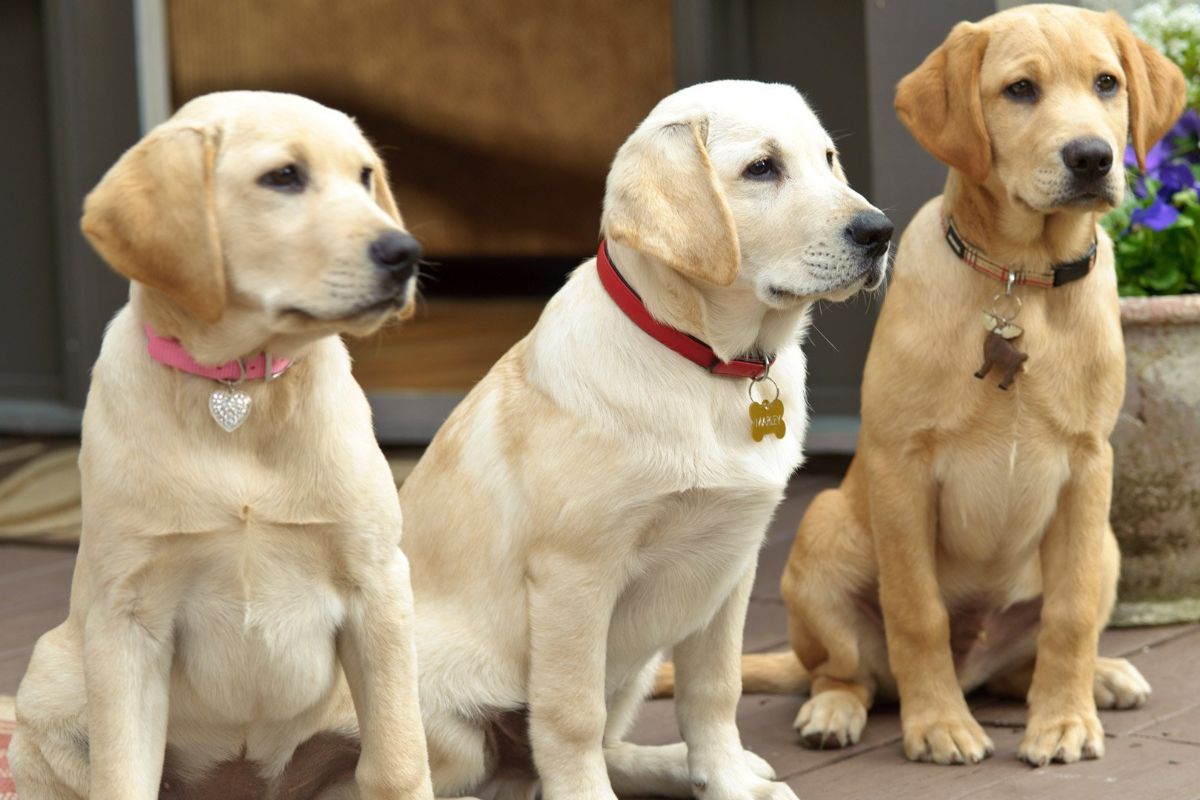
Marley & Me is a charming, heartwarming story about the life of an energetic dog named Marley. It’s grounded and tender and realistic (for the most part), with Owen Wilson and Jennifer Aniston turning on the charm to great effect. Its sequel (which functions more as a prequel), Marley & Me: The Puppy Years, turns Marley into a sassy talking dog. It’s certainly a huge creative choice to make for a sequel.
-
The Silence of the Lambs (1991)
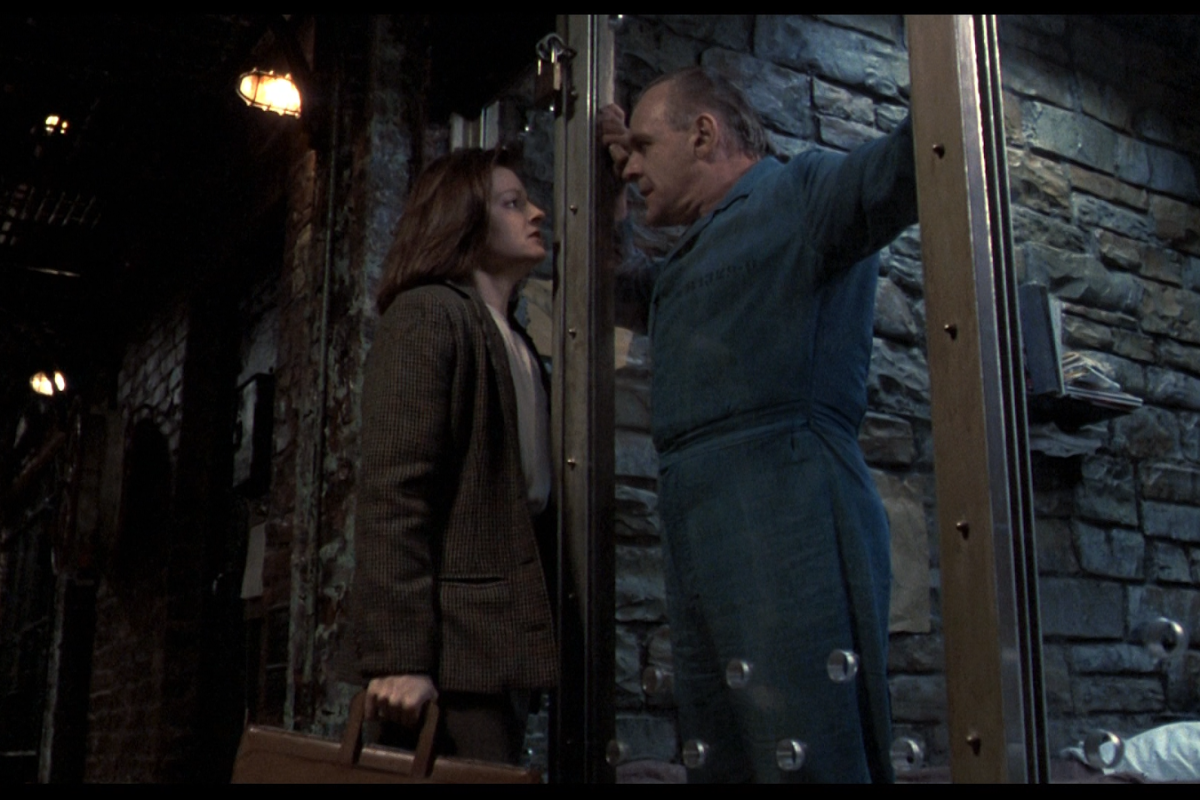
Many view Jonathan Demme’s incredible crime thriller Silence of the Lambs as the first of many films about Hannibal Lecter. In fact, the movie is itself a sequel to Michael Mann’s 1986 movie Manhunter. Demme’s massive departure from the first film cements it as one of the greatest sequels and one of the most daring follow-ups to date.
-
U.S. Marshals (1998)
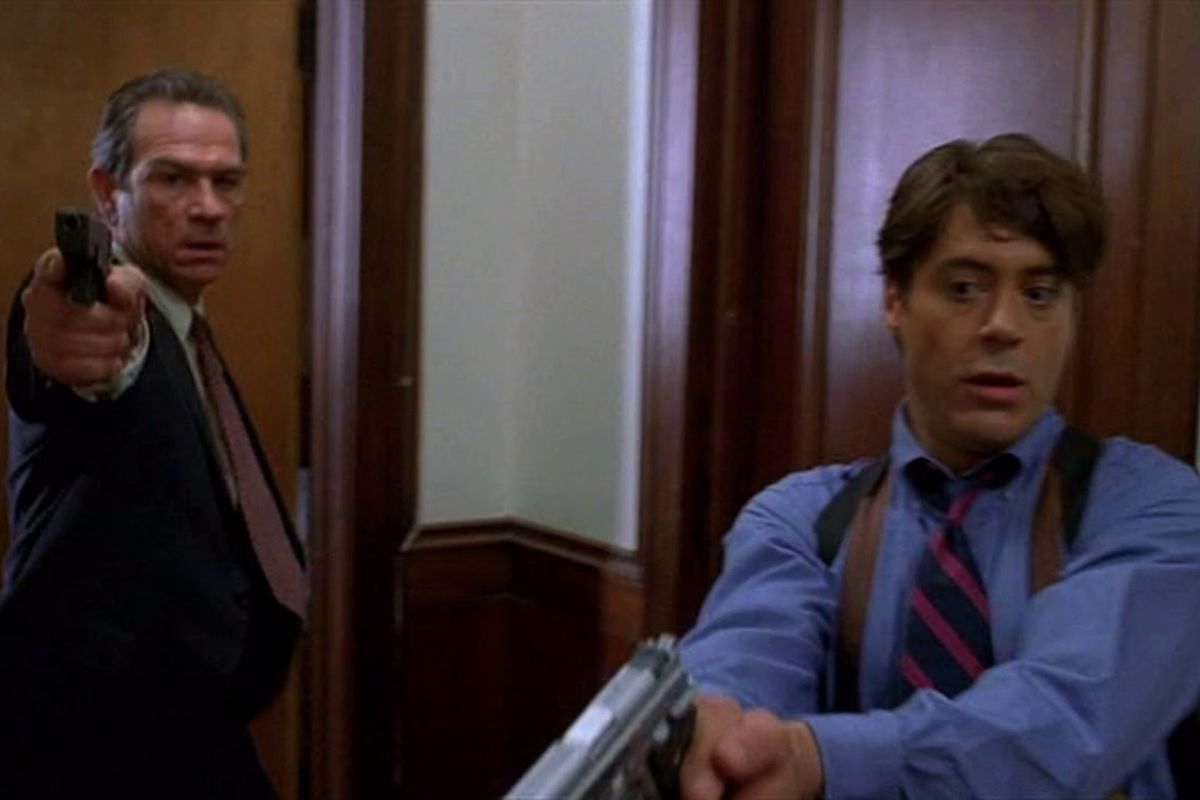
A sequel to the 1993 Harrison Ford action-thriller The Fugitive, 1998’s U.S. Marshals took five years to come out and completely removes Ford from the equation, instead choosing to focus on Tommy Lee Jones’s character’s further adventures as a U.S. Marshal. It’d be like a sequel to Batman that focused solely on Commissioner Gordon.








